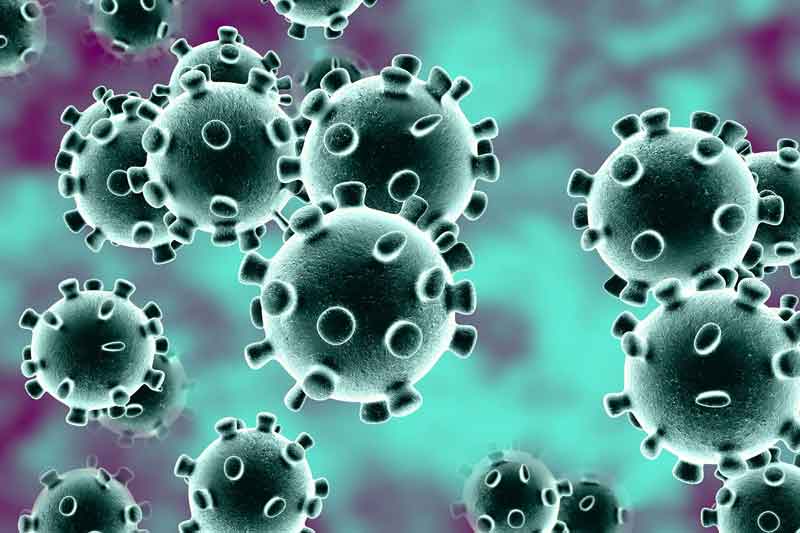Pakistan on Tuesday reported its first confirmed cases of a new coronavirus strain detected in the United Kingdom earlier this year.
According to the Sindh health department, 12 samples of UK returnees were taken for genotyping out of which six were positive and three showed the new variant of the Covid virus in the first phase.
Karachi (29.12.2020): Samples of 3 UK returnees show a 95% match to the new Corona Virus variant from UK in the first phase of Genotyping. #SindhHealth pic.twitter.com/4UUTSMTOQa
— Health and Population Welfare Department, Sindh (@SindhHealthDpt) December 29, 2020
“The genotyping showed 95 percent match of the new variant from the UK. These samples will go through another phase of genotyping,” said Meeran Yousuf, spokesperson for the Sindh health department.
“Meanwhile, the contact tracing of these patients is in process and their contacts are also being isolated,” she said.
The World Health Organisation tweeted earlier this month that it was “in close contact with UK officials on the new #COVID19 virus variant” and promised to update governments and the public as more is learned.
The new strain was identified in southeastern England in September and has been spreading in the area ever since a WHO official told the local news channel.
“What we understand is that it does have increased transmissibility; in terms of its ability to spread,” said Maria Van Kerkhove, WHO’s the technical lead on Covid-19.
Viruses mutate regularly, and scientists have found thousands of different mutations among samples of the virus causing Covid-19. Many of these changes have no effect on how easily the virus spreads or how severe symptoms are.
New SARS-CoV-2 of UK
The new SARS-CoV-2 variant, later given the ID B.1.1.7; was first discovered in the United Kingdom and appears to spread faster than others, according to Science Magazine. Researchers believe it may have originated in an immunocompromised patient who had a long-running infection.
According to Science Magazine; genome sequencing of the new variant showed that the virus had accumulated a slew of mutations; that together caused 17 amino acid changes in the virus’ proteins; eight of them in the crucial spike protein. These changes would help it evade the immune system and theoretically make it twice as infectious.







